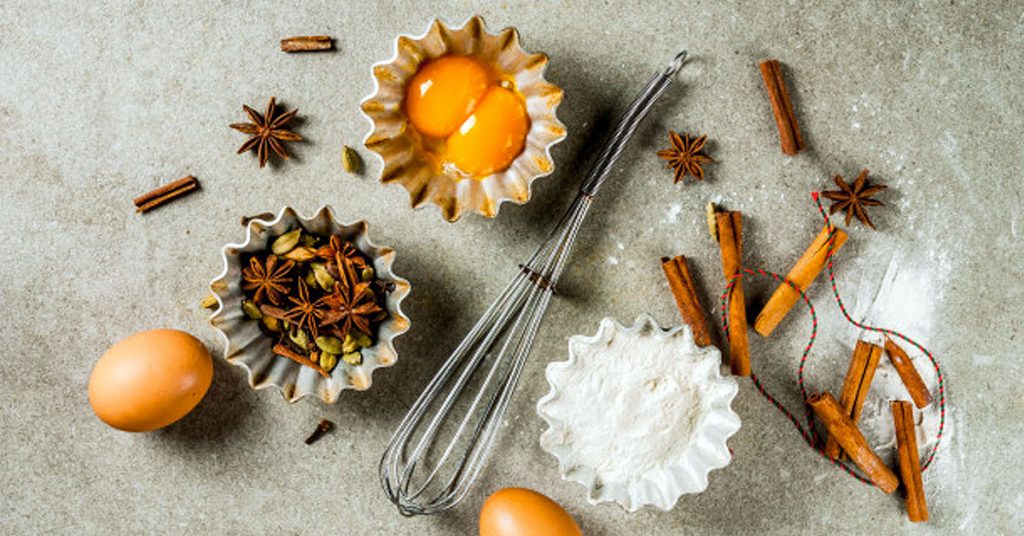France is the cradle of cuisine and, although the gastronomic culture has been enhanced by the different cultures, many of the techniques and bases come from French gastronomy. An example of this is the term mise en place.
Mise en place is a phrase widely used in professional kitchens around the world. It is used to call the organization of the ingredients that will be used to cook the dishes in a restaurant, shift by shift.
This French expression means “put in place” and is also known in gastronomic language as MEP.
A mise en place requires technical knowledge and planning that avoids delays in the completion of tasks, as well as the ability to maintain order during service.
Origin of the mise en place

This culinary term was coined in France at the time of Auguste Escoffier, a renowned French chef who promoted traditional cooking methods.
This expression is widely used and, although its pronunciation is not always correct, “misanplas”, “mise in place” or “mis an plan” are a call to put everything in its place.
The correct pronunciation of this term is meez-ahn-plahss.
Phases of a mise en place

When we talk about mise en place we refer to the application of a work dynamic that can be used in the service of the kitchen, the restaurant or the tables.
In either case, a mise en place is done in two phases:
- Planning phase: it will allow to visualize, project and organize the preparation of food or the distribution of the tables in order to avoid improvisation.
- Execution and supervision phase: the assignments regarding the preparation of ingredients or the spaces destined for the cutlery and table linen that will make it possible to provide an adequate service are fulfilled.
Steps to make a good mise en place in the kitchen

To perform a good mise en place in the kitchen you need to follow these steps:
- Have all the ingredients you need before you start cooking.
- Cut, chop and grate the ingredients needed for cooking.
- Place each ingredient in a container, tidy and close to the work area.
- Place all the necessary utensils for food preparation in the chef’s work area.
Mise en place of service in a restaurant

During the restaurant service there are many details to be taken into account to prepare the dining room.
With elements that include materials capable of covering the needs of our clients and give us the opportunity to offer outstanding attention without improvisation.
A restaurant service mise en place is meticulous, and the preparation of the space is a previous reference for the assembly of an efficient service.
Purpose

It is very helpful for the chef to have the ingredients and utensils, arranged in an orderly fashion, in the work space used for the preparation of succulent dishes.
The purpose of a mise en place is to create a practical and fast system that facilitates the dynamics of work and in turn allows:
- Establish a proper organization of work in the kitchen.
- Optimize time in the preparation of food.
- Inspire professionalism.
- Provide excellent customer service.
Importance

The importance of this organizational process is related to the correct execution of essential routines that allow planning, coordination and fulfillment of tasks that allow to offer an excellent service.
Nowadays, a mise en place is essential to achieve professional results in the kitchen in the shortest possible time. Moreover, the use of this technique guarantees efficiency in the work and promotes rapid learning among new personnel who join the kitchen.
This practical strategy is part of a visual script that seeks to achieve effective management in the kitchen, avoiding delays that affect the fulfillment of tasks.
Dishes for a first class mise en place

As we have seen, for the correct application of mise en place it is necessary to cut and prepare the ingredients that will be used in each recipe.
For this reason, you will need to have containers or bowls to be able to store each of the ingredients, in a neat and well-defined way.
In case you require this type of packaging, we invite you to visit the following sections within Monouso, our online store:
Plastic bags: ordered according to the type of plastic used to make them. In this category you will find a wide variety of plastic bags to help manage your restaurant.
Biodegradable bowls If you are concerned about the environment, in our biodegradable bowls section you will find the largest variety of bowls made from Chinet pulp, palm leaf, cardboard, bamboo and sugar cane.
In both cases, the products are manufactured with first class materials, respecting the industry’s hygiene standards and with the resistance you need for your restaurant.

